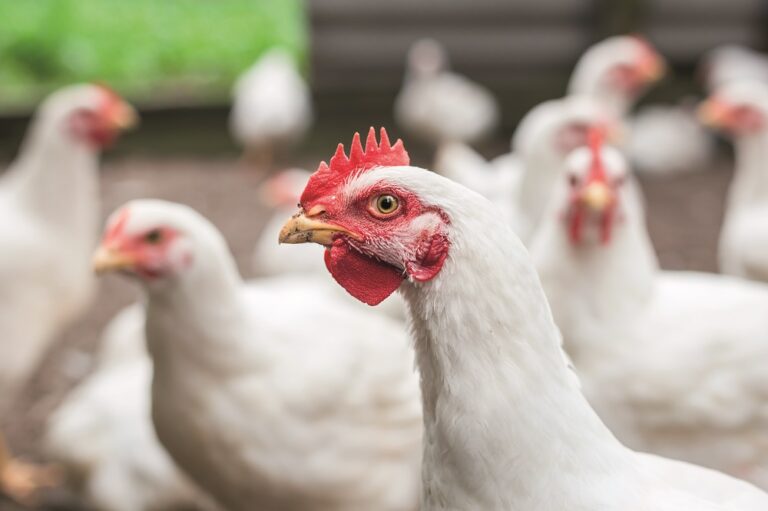Understanding the genetic make-up of currently circulating avian flu strains may offer one of the best lines of defence against widespread human transmission.
This is according to new research that has found a key human gene responsible for blocking most avian flu viruses from spilling over into people.
The gene, known as BTN3A3, which is commonly expressed in our airways, offers a key human defence against avian flu.
Through a series of extensive tests, scientists were able to show that the BTN3A3 gene is vital to protecting humans against avian flu, as most strains of the virus cannot get past its defences.
The international study into the pandemic potential of avian flu was led by the MRC-University of Glasgow Centre for Virus Research (CVR), supported by the Roslin Institute and published in Nature.
Since 2022 there has been a rise in avian flu cases in both domestic and wild birds around the world. While the disease mainly affects birds, it has been known to spill over into other species, including, in rare cases, humans.
For example, the 1918 flu pandemic, which caused more than 25 million deaths worldwide, is believed to have originated from an avian strain.
However, experts agree there are gaps in our scientific knowledge that make it difficult to predict which variant of avian flu might spill into the human population, and when.
Keen to know why some avian flu transmission does occur in humans, the study team compared hundreds of human genes for their ability to restrict either human seasonal viruses or avian flu viruses.
Their study showed that the BTN3A3 gene was able to block the replication of avian flu in human cells. In contrast, seasonal human flu viruses, which infect the human population regularly, are resistant to BTN3A3, meaning it cannot successfully block them.
“Identifying BTN3A3-resistant variants when they first emerge in birds might help in preventing human infections. Control measures against emerging avian flu viruses can be tailored specifically against those that are BTN3A3-resistant, in addition to other genetic traits known to be important for zoonotic transmission,” said Dr Rute Maria Pinto, formerly of the University of Glasgow, now Roslin Institute.
The team also looked at avian flu viruses that occasionally do infect humans, for example H7N9, which since 2013 has infected more than 1,500 individuals with a 40% case fatality rate.
Researchers were able to show that avian flu viruses like H7N9 have a genetic mutation that allows them to escape the blocking effects of the BTN3A3 gene.
Finally, when studying the evolution of avian flu strains, scientists were also able to show that there had been an increase in the number of BTN3A3-resistant strains circulating in poultry around the same time as spill-over events in humans.
Tracking the history of influenza pandemics in humans, researchers were also able to link BTN3A3 resistance with key influenza virus types.
All human flu pandemics, including the 1918 outbreak and the swine flu pandemic of 2009, were caused by flu viruses that were resistant to BTN3A3.
As result, this study suggests that having resistance to this gene may be a key factor in whether any flu strain has human pandemic potential.
The study was funded primarily by the Medical Research Council (MRC), and in part by the Wellcome Trust, BBSRC, NSERC (Canada), EU Horizon2020, and Medical Research Scotland.
“We know that most emerging viruses with human pandemic potential come from animals. It is therefore critical to understand which genetic barriers might block an animal virus from replicating in human cells, thereby preventing infection,” said Professor Massimo Palmarini of the University of Glasgow.
“Of course, viruses are constantly changing and can potentially overcome some of these barriers by mutating over time. This is why virus genetic surveillance will be crucial to help us better understand and control the spread of viruses with zoonotic and pandemic potential.”


